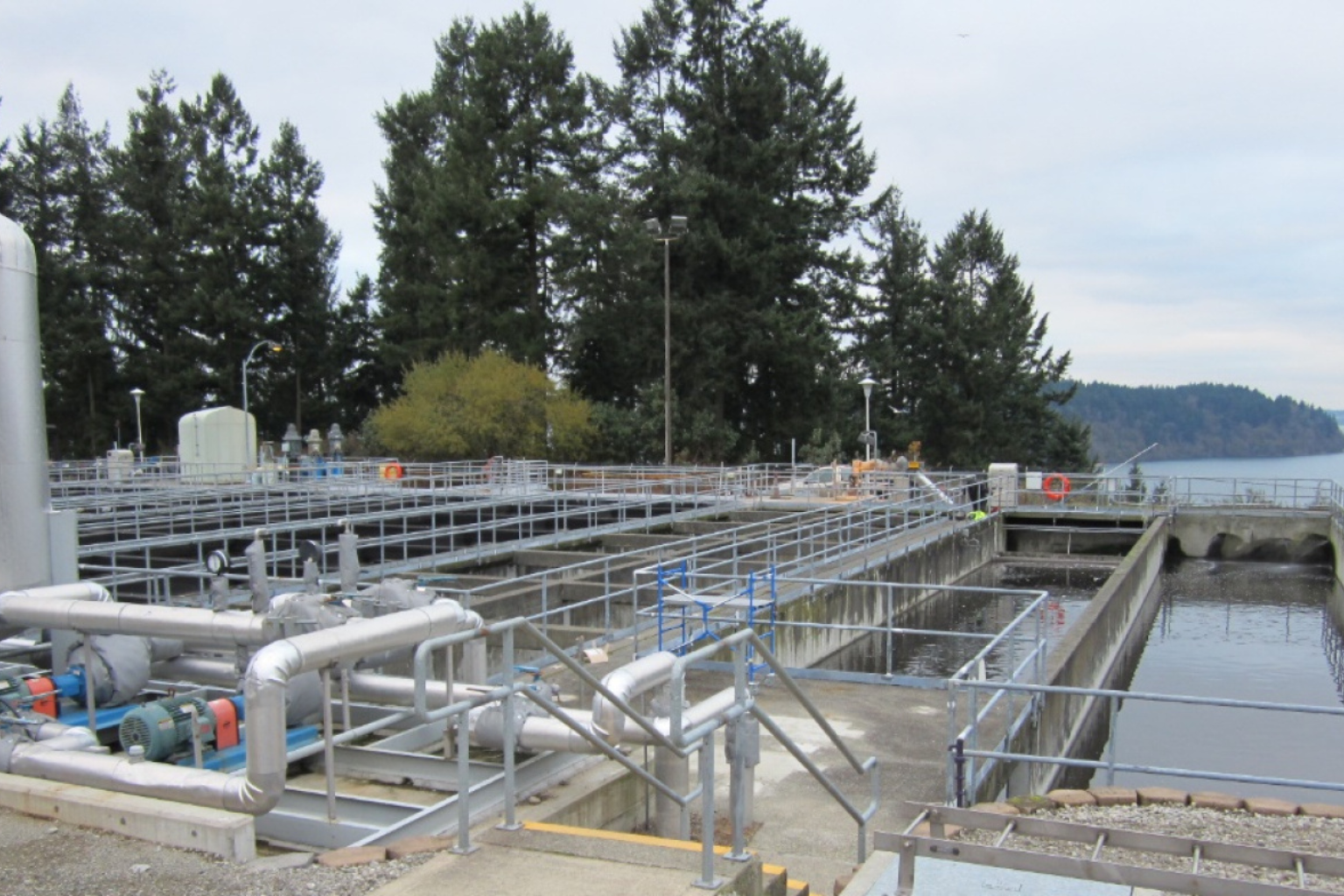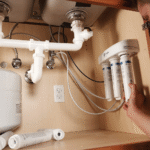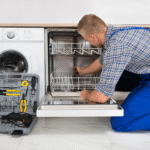There’s something oddly comforting about the quiet hum of a water system running in the background. It’s not flashy. Most people barely think about it until a problem shows up—like stains on the sink, a funny taste in the glass, or a shower that leaves your skin feeling more like chalkboard than silk. And that’s usually the moment when the lightbulb goes on: maybe it’s time to consider a new system. But here’s the good news—today, you don’t always have to start from scratch. Many companies now offer options where you can trade in water treatment system units that have served their time, making an upgrade less painful on the wallet.
Why Trade-Ins Are Becoming Popular
Think about it. Cars have trade-in value, phones do too, and now even appliances and home systems are following the trend. It makes sense. Water treatment technology is moving quickly, and what worked fine a decade ago may now feel outdated compared to modern, efficient setups. Old systems often waste more salt, electricity, or water than necessary, while newer models are designed with sustainability in mind. So when a dealer says they’ll take your used system off your hands in exchange for credit toward a new one, it’s not just a sales trick—it’s part of a bigger shift toward more eco-friendly practices.
The Tale of the Old Softener in the Basement
I’ll share a little story. A friend of mine bought a house that came with an ancient water softener in the basement. The thing was massive, looked like it belonged in a museum, and groaned every time it regenerated. He kept putting off replacing it because, let’s face it, new equipment isn’t cheap. Finally, one local provider offered to trade in old water softener units, giving a decent discount on a modern, compact system. He jumped on it. Now his laundry feels softer, the water pressure is better, and—this is the kicker—his utility bills went down because the new machine runs smarter. Sometimes you don’t realize how much energy and money an old system is draining until it’s gone.
Not Just About Comfort—Health Plays a Role Too
We can talk about the convenience of softer laundry or spotless dishes all day, but water treatment goes beyond aesthetics. Poor-quality water can impact your health. Outdated systems may not filter contaminants as effectively as modern ones. Technology has advanced to target things like PFAS, heavy metals, and microplastics—stuff many older systems weren’t designed to handle. When you think of it this way, upgrading isn’t just about luxury; it’s about ensuring the water you drink, cook with, and bathe in is safe.
The Psychology of Upgrading
There’s an interesting shift that happens when people finally replace something old. At first, there’s hesitation—“it still kind of works, maybe I can get another year out of it.” But once they switch, there’s a sense of relief, almost like cleaning out a cluttered closet. You didn’t know how much that old system was holding you back until you let it go. That’s why more homeowners are seeing value in a water treatment system upgrade instead of patching up what they’ve got. It’s not only about what you gain—it’s about what you stop losing.
What to Expect in a Trade-In
If you’re considering making the move, here’s what usually happens. A technician inspects your existing unit to assess its age and condition. Depending on the brand and local recycling rules, they’ll assign a trade-in value. It might not be huge, but it helps offset the cost of the shiny new system you’ve been eyeing. They’ll also usually handle removal, which is one less headache for you. The process is surprisingly smooth compared to the hassle people imagine.
Choosing the Right Upgrade
Now comes the fun part. With credit in hand, you get to choose what comes next. Are you looking for whole-home filtration, a high-efficiency softener, or a combination system that handles both? Some of the latest models are even smart-enabled—you can track salt levels or water usage from your phone. It feels futuristic but also practical. The key is not rushing. Do your homework, compare options, and think about your household’s needs for the next decade, not just the next year.
The Long Game: Saving Money and the Planet
Another benefit people often overlook is how much these upgrades pay back over time. A system that uses less water for regeneration and less salt for softening doesn’t just save you money—it reduces strain on local resources. Multiply that by thousands of households making similar changes, and suddenly you’re part of a bigger environmental win. It’s small steps like these that add up. And let’s be honest, it feels good to know your choice is practical and responsible.
Final Thoughts: Letting Go of “Good Enough”
In the end, it comes down to a simple truth: holding onto an old system just because it’s familiar isn’t always the smart move. There’s peace of mind in knowing your water is cleaner, your system is efficient, and you’re not throwing money down the drain—literally. If the option’s there to trade in instead of just tossing out, why not take advantage of it? Sometimes the hardest part is just making the decision. Once you do, the rest falls into place.



